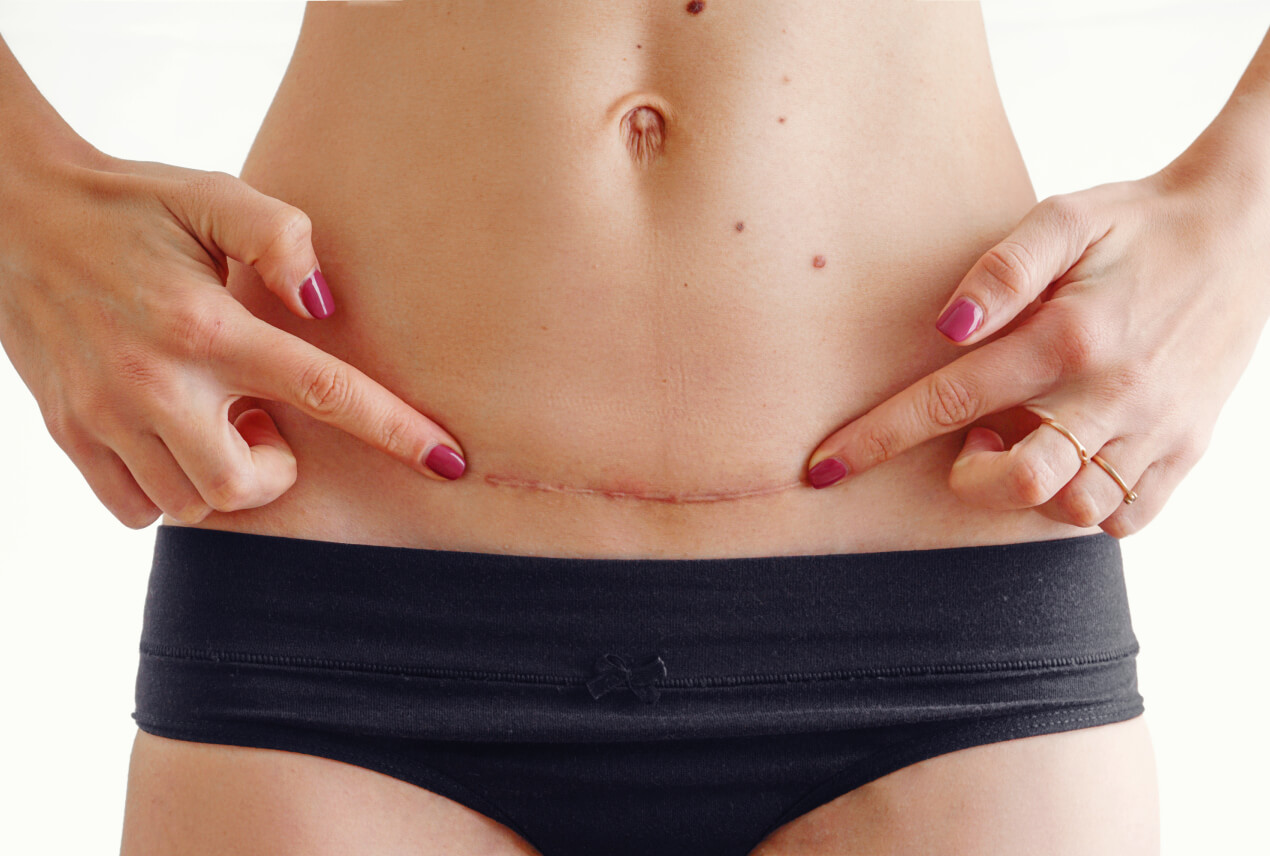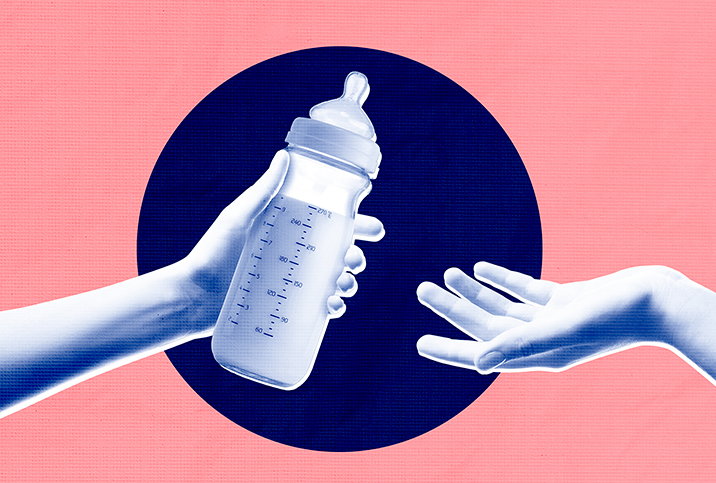A cesarean section (C-section) is an operation to deliver your baby that can be planned or unplanned. In 2020, C-section was the delivery method for just less than 32 percent of all live births in the United States, so it is a common procedure.
This type of procedure is usually carried out if there are potential risks involved in giving birth vaginally. In some circumstances, it may be necessary to have a C-section for the safety of you and your baby. But there are many reasons your healthcare provider might perform a C-section. Let's look at the reasons for a C-section and what is involved in the procedure in a little more detail.













